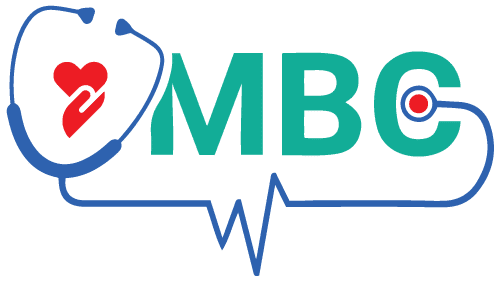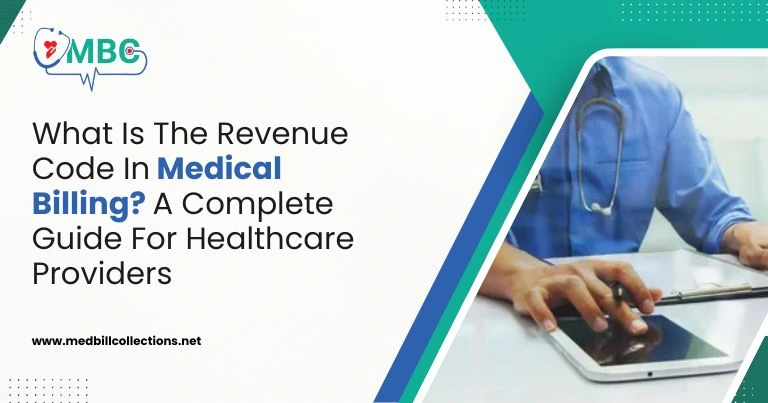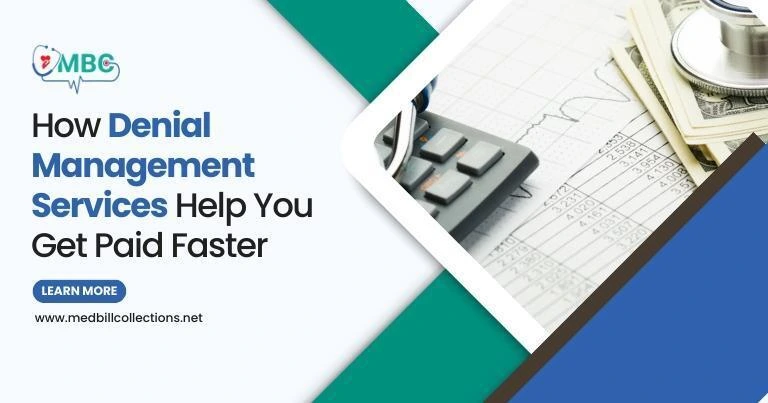A healthcare practice in the United States today requires far more than exceptional clinical care. With insurance policies constantly evolving and reimbursement based on the number of services practitioners provide, even well-established practices can find it challenging to maintain a consistent revenue stream.
A billing system is the backbone of every successful medical practice. It’s what keeps operations running smoothly and builds trust between providers and patients. Yet, even with today’s advanced software and digital workflows, billing challenges remain one of the most persistent pain points in healthcare. Across the U.S., nearly one in five in-network claims are denied most often because of coding errors or sometimes missing details. Each rejected claim represents lost income and additional administrative work on both sides of the care process.
Explore this blog for a detailed, professional overview of the medical billing process.
Essential Steps in the Medical Billing Process Every Healthcare Provider Should Know
Each step from the moment a patient books an appointment to the final payment plays a vital role in keeping operations efficient and error-free. When managed properly, it supports long-term growth. Here’s a clear six-step overview of how medical coding services help practices stay organized, compliant, and profitable.
- Patient Registration & Verification
Collect accurate patient demographics, insurance details, and contact information. Verify eligibility, plan coverage, and authorization requirements before care to prevent delays or denials. - Authorization & Financial Consent
Get necessary approvals for treatments ahead of time, give patients a realistic idea of what they’ll need to pay, and confirm their consent before moving forward. Being open about costs early on helps avoid confusion later and encourages faster, smoother payments. - Documentation & Coding
Record all diagnoses accurately. Convert all details into proper CPT, ICD-10, or HCPCS codes with relevant modifiers to ensure claim accuracy. - Claim Preparation & Submission
Review and verify each claim for missing information or compliance errors before submission. Send accurate claims electronically through trusted clearinghouses and monitor their progress until payment is approved. - Payment Posting & Follow-Up
Carefully review insurance payments to ensure they match billed charges, resolving any discrepancies promptly. Handle patient billing with clarity, provide flexible payment plans, and efficiently follow up on outstanding balances to maintain steady cash flow. - Denial Management & Reporting
Investigate the root causes of claim denials, correct any errors, and resubmit claims promptly to ensure timely reimbursement. Continuously track key performance metrics such as clean claim rate, days in accounts receivable, and denial patterns to improve billing efficiency and maintain regulatory compliance.
Types of Medical Billing Models and When to Use Them
Choosing the right billing model is one of the most important financial decisions a healthcare practice can make. The right setup depends on your team size, resources, specialty, and long-term growth goals.
Below are the models used across for medical billing services in USA, along with when each one makes the most sense for your practice.
Outsourced (External) Billing Services
Many healthcare providers partner with third-party billing companies. With an outsourced medical billing service, your practice delegates billing tasks to an experienced third-party team. They manage everything from patient intake and claims submission to payment posting and denial resolution, using their own secure systems.
Outsourcing allows your practice to access specialized billing expertise without hiring additional staff. Their services also help you stay compliant with updated rules, while providing real-time reporting so you can track revenue and collections effortlessly.
This approach works especially well for small to mid-sized practices or those looking to streamline operations and maximize revenue stream.
In-House (Closed-System) Billing
With an in-house medical billing system, all billing tasks are managed entirely within your practice. Your team handles everything from patient intake and claim submission to payment follow-up using your internal software. The primary advantage is full control, giving you direct visibility into the details.
However, this approach requires skilled coders, keeping up with evolving payer rules, and maintaining reliable billing technology. Practices with larger administrative teams or established financial departments typically benefit most from this model.
Compliance, Laws & U.S. Specific Facts
Running a healthcare practice in the U.S. means following a detailed set of billing and privacy rules that protect both providers and patients. Laws like HIPAA safeguard patient information, while CMS regulations and the False Claims Act require every claim to be accurate and transparent. Even a small billing mistake can lead to audits or repayment demands, so careful attention to detail is crucial.
In states like California, providers must follow strict balance billing laws and give patients clear cost information before treatment. Most insurers set deadlines typically between 90 and 365 days for claim submission, and claims must be filed using formats such as CMS-1500 or UB-04. Staying consistent with these requirements helps avoid penalties and speeds up reimbursements.
Putting It All Together in Practice
A strong and efficient billing system is the financial backbone of every healthcare practice. From the first patient registration to the final payment, every step in the billing cycle contributes to accurate reimbursements and patient satisfaction. When managed properly, it not only ensures consistent revenue but also strengthens trust between providers and patients. Selecting the right billing model whether in-house or outsourced on a practice’s resources, and goals, but the focus should always remain on accuracy, compliance, and efficiency.
In the U.S., strict regulations like HIPAA, CMS guidelines, and state-specific billing laws demand constant vigilance and precision. Staying compliant while managing claims, payments, and denials can be challenging, but with the right systems, training, and technology in place, practices can stay ahead of these demands. Ultimately, medical billing isn’t just a financial process it’s a vital part of patient care and practice management.
A well-organized billing system supports growth, minimizes errors, and ensures every provider is paid fairly for their work. In today’s evolving healthcare environment, mastering medical billing means securing both the financial health of a practice and the trust of the patients it serves.






